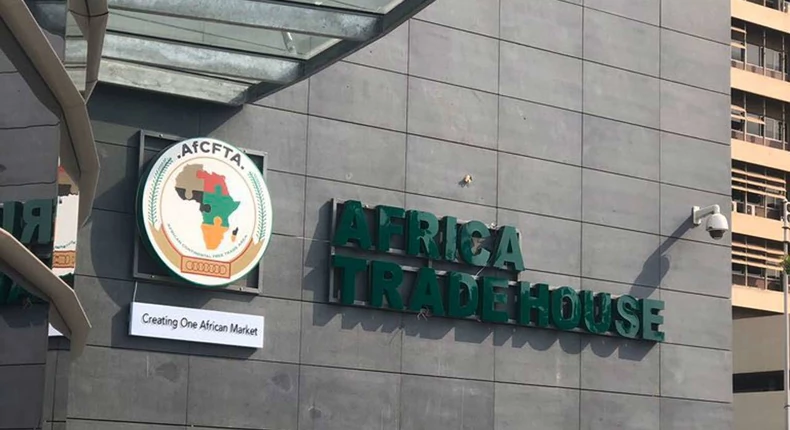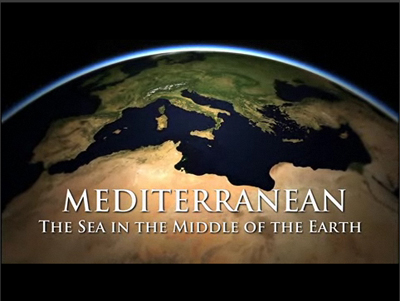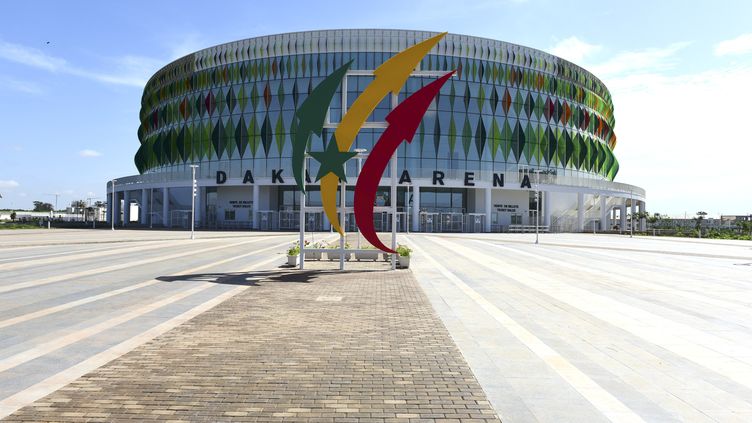East Africa is set to benefit from swift implementation of the African Continental Free Trade Area (AfCFTA), according to the World Bank, and this will be accomplished particularly by lowering trade expenses related to trade facilitation, as well as decreasing the costs of non-tariff policies and non-tariff obstacles.
The AfCFTA has been well-designed to strengthen the economies of East Africa, with countries like Kenya, Uganda, Tanzania, and Rwanda projected to grow significantly in their real income generated in the next few years. The implementation of AfCFTA’s policies is sure to boost the East African economy and also real income for East Africans, the Executive Director of the East African Business Council (EABC), John Bosco Kalisa said during the recent private sector sensitization workshop on the AfCFTA agreement in Nairobi, Kenya. Within the East African Community (EAC) group, real income is anticipated to rise by 10% in Tanzania, the second-largest economy in the area, between 2021 and 2035. Real income will rise by 11.8%, 3.8%, and 3.6% in Kenya, Uganda, and Rwanda, respectively.
Tanzania’s and Kenya’s intra-AfCFTA export shares will increase as their total world exports are projected to rise by 28% and 43%, respectively, for the EAC. Uganda and Rwanda are expected to have similar projections of 29% and 33%, respectively. The AfCFTA agreement was a manifest demonstration of the African nation’s commitment to the new system, Mucai Kunyiha, Director of the EABC board, said. “They have shown commitment to doing more trade and investments among themselves,” Mucai Kunyiha said.
The AfCFTA agreement aims to increase intra-African commerce by gradually removing tariffs on more than 90 African items. The elimination of non-tariff barriers and trade restrictions on products and services, respectively, are also a part of the goal. The EAC’s goods exports to Africa were $7.9 billion, or 42% of the overall EAC goods exports to the globe.



